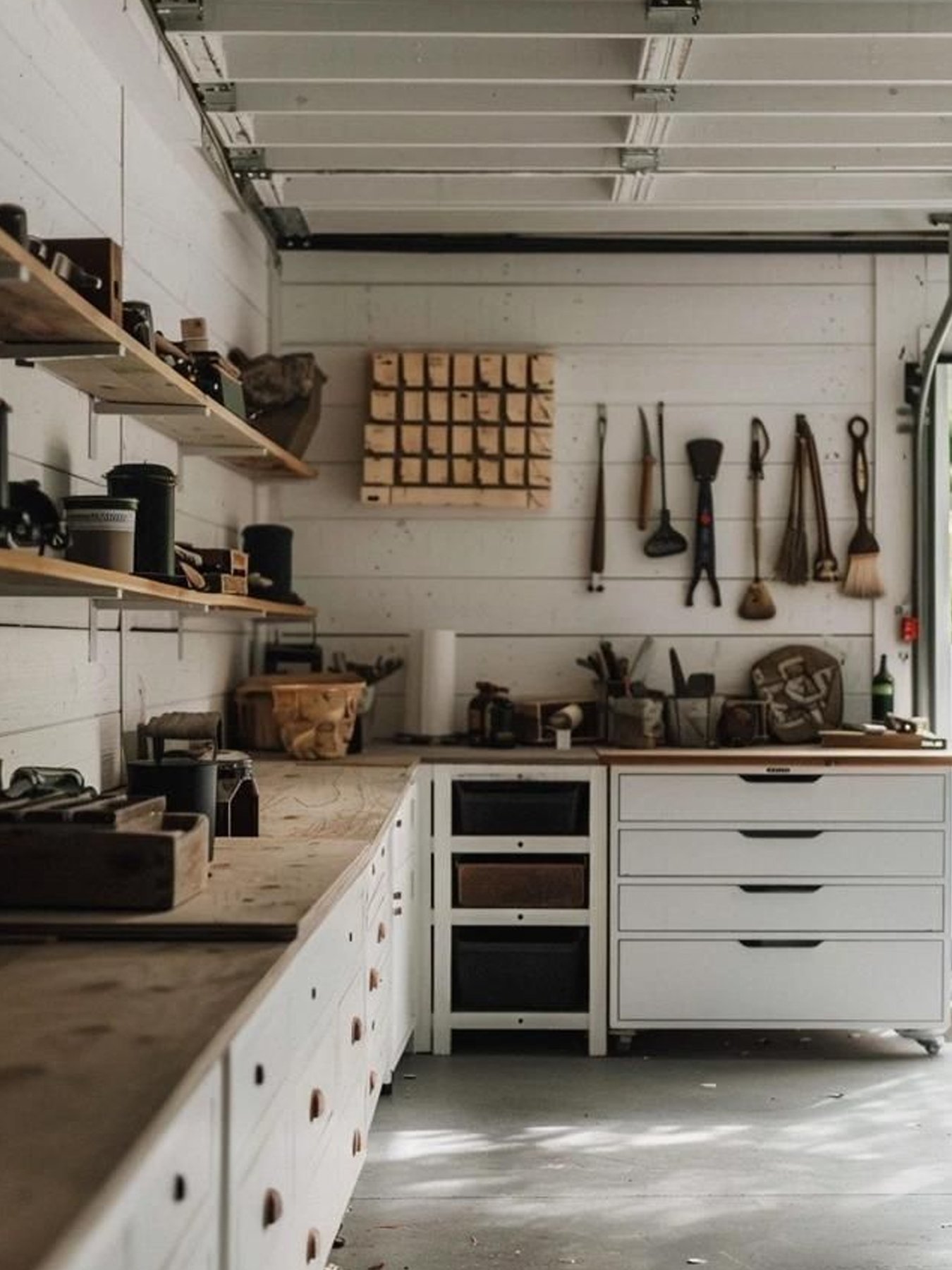Basement
Basements often have unique challenges when it comes to maintaining good air quality, and these issues can significantly impact the rest of the home. The air quality of your house often starts in the basement because air from this space naturally moves upward through the ventilation system or via natural airflow. This means that buoyant pollutants originating in the basement, such as mold spores, allergens or chemicals, can spread to other areas, affecting the health of everyone in the household.
Basements are particularly prone to issues like excess humidity, which creates the perfect environment for mold growth as well as allergens like dust mites and pet dander. Research has shown that chemicals from paints, cleaning supplies or furnishings stored in the basement can further degrade air quality, while dampness and poor ventilation can lead to persistent odors, known as ‘basement smell’. Addressing these problems is crucial not only for maintaining a safe and healthy basement but for improving the air quality throughout your home.
Another health risk in basements is radon, a radioactive gas that can seep into homes through cracks in the foundation, floors or walls. Basements, being underground, are particularly susceptible to radon accumulation due to their proximity to the soil and limited ventilation. Produced from the natural decay of uranium in soil, rock and water, and is nearly impossible to detect without proper testing. Long-term exposure to radon is the second leading cause of lung cancer after smoking, according to the Environmental Protection Agency (EPA). Radon test kits are widely available, and professional testing services can provide detailed assessments. If radon levels are found to be above the EPA’s recommended action level of 4 picocuries per liter (pCi/L), mitigation systems should be installed. These typically involve a vent pipe and fan that redirect radon gas from beneath the foundation to the outside.
Additionally, older homes, especially those built before 1970, may contain asbestos, another hazardous material often found in insulation, flooring and pipe coverings. If disturbed, asbestos fibers can become airborne and pose serious respiratory risks, including lung disease, asbestosis and mesothelioma. Homeowners considering renovations or repairs in their basement should have the space professionally inspected for asbestos before beginning any work, as disturbing these materials can release harmful fibers into the air.
For finished basements, focus on using materials that resist moisture and enhance air quality. Cork products or ceramic tiles are excellent options for flooring, as they are durable, moisture-resistant and free from toxic chemicals. Many preexisting basements and newly constructed homes have poured concrete floors, for which minimal chemical treatments and coatings are preferable to maintain good indoor air quality. Innovations in concrete coatings include those made from gypsum and castor oil in place of epoxy. Furnishings should prioritize solid wood or metal construction to avoid off-gassing from materials like MDF or particleboard.
Basements are also commonly used for storage and often house essential home systems such as boilers, furnaces and water heaters, which require proper ventilation and a clutter-free space for safety. Storing flammable or chemical-laden materials near these systems can pose serious health and fire hazards. Ideally, these areas should remain clear, and any necessary storage should be well-organized, with sealed, airtight containers to prevent off-gassing and potential contamination of basement air.
To further improve air quality, consider installing a dehumidifier to maintain humidity levels below 60 percent, reducing the risk of mold and dust mites. Ventilation systems, such as heat recovery ventilators (HRVs) or energy-efficient air purifiers, can also be beneficial in ensuring that the basement remains a safe and comfortable part of your home.





